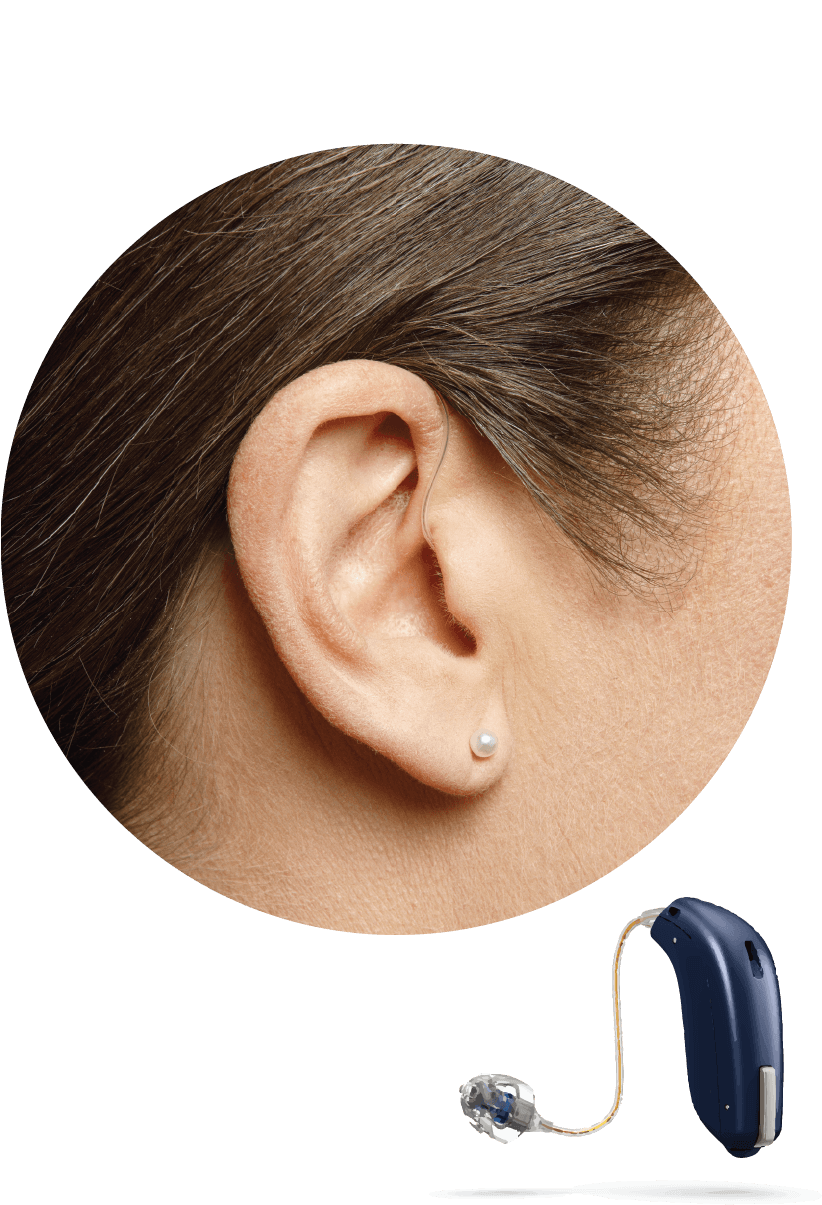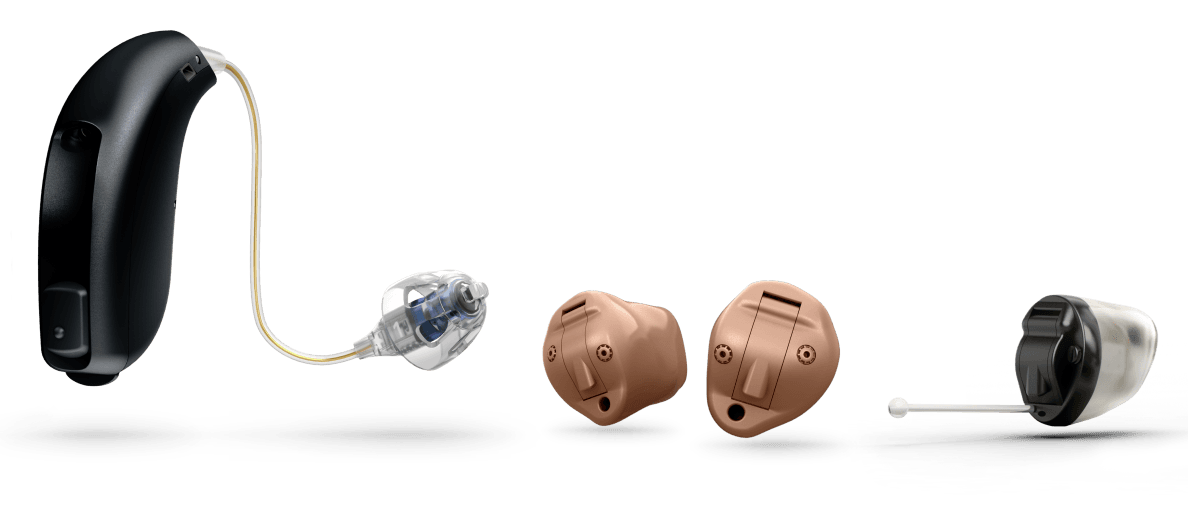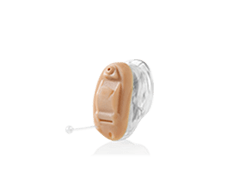Hearing Aid Styles
- Hearing loss
- Anatomical/medical considerations (e.g. ear shape/size)
- Manual dexterity
- Vision abilities
IN-THE-EAR STYLES (I.E. CUSTOM STYLES)
In-the-Ear hearing aid styles are custom fit biomedical devices that are manufactured using a 3D scan, or silicone cast, of your outer ear. All of the components of these hearing aids are located in the ear. The shell and faceplate come in various colours for different skin tones and preferences. In the ear styles range in size.
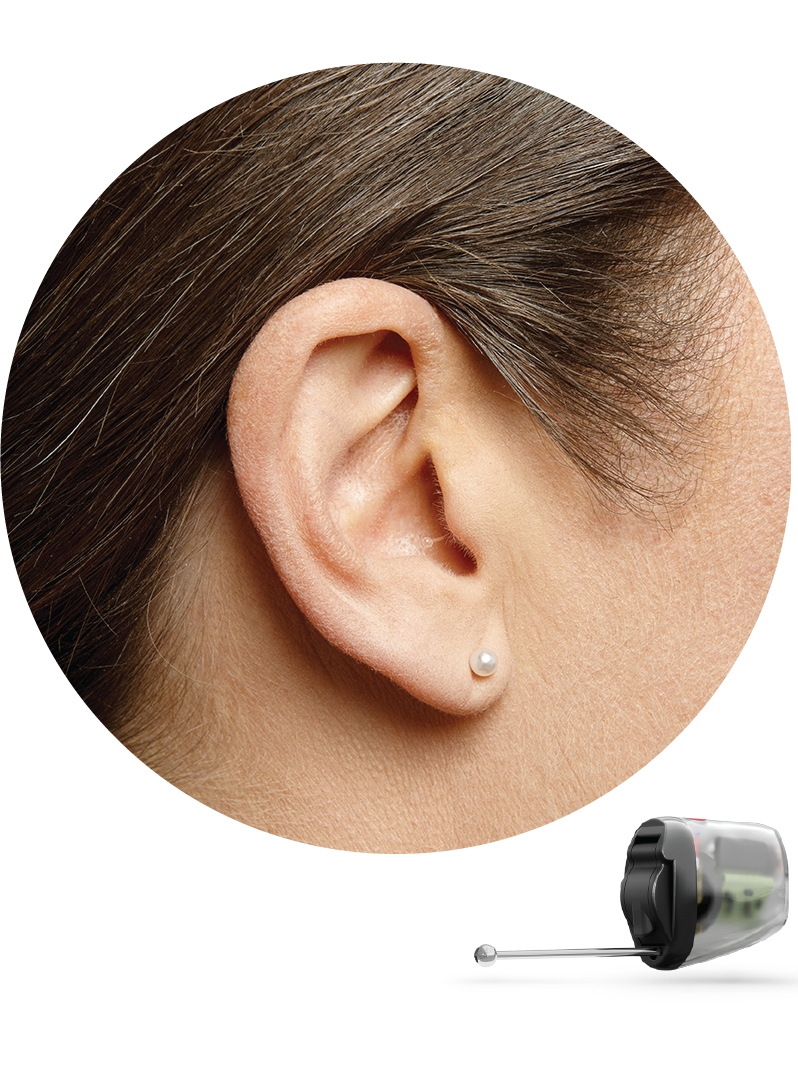
INVISIBLE IN THE CANAL (IIC)
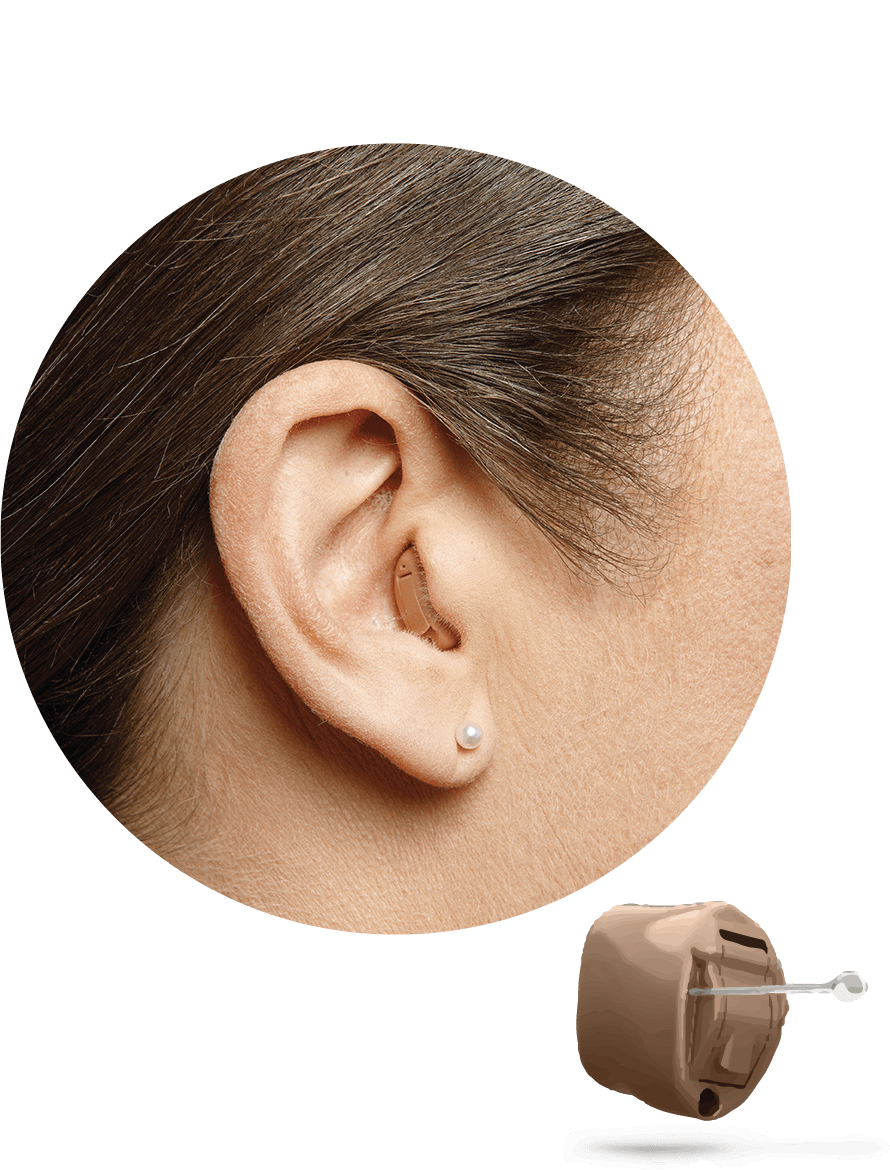
COMPLETELY IN THE CANAL (CIC)
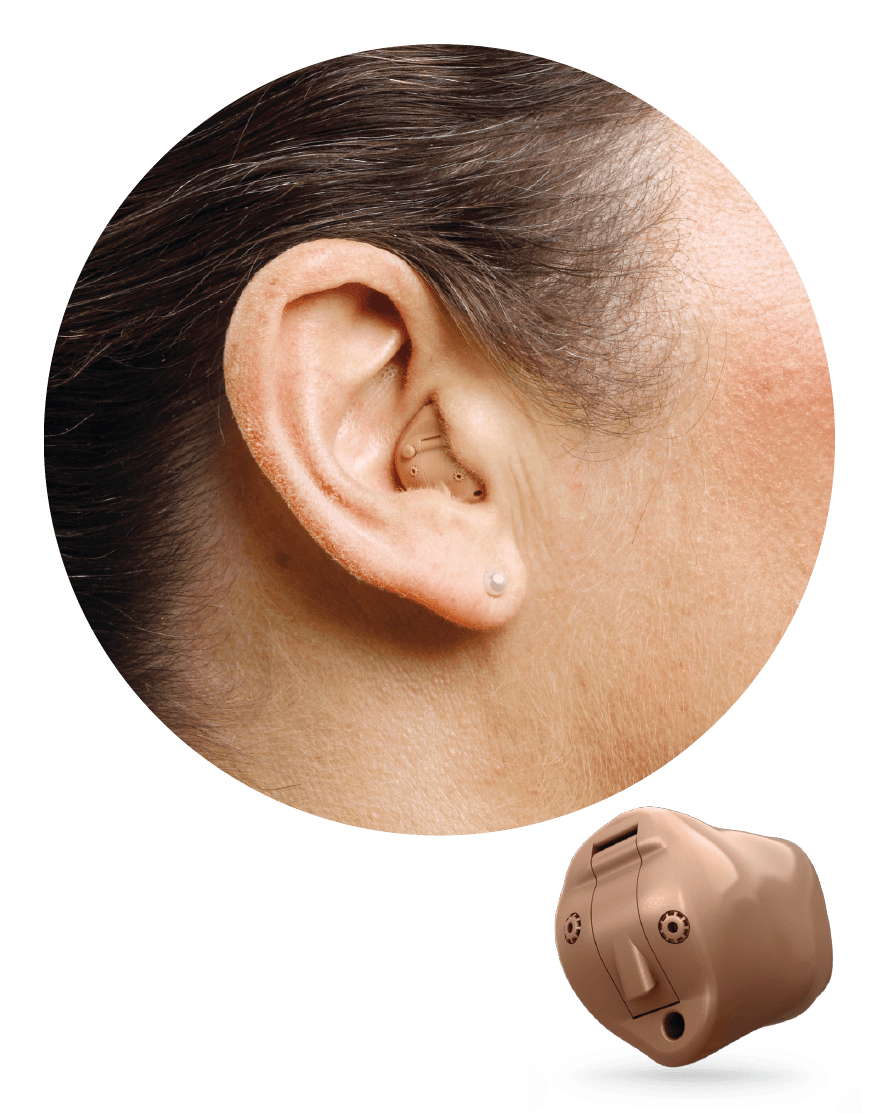
IN THE CANAL (ITC)
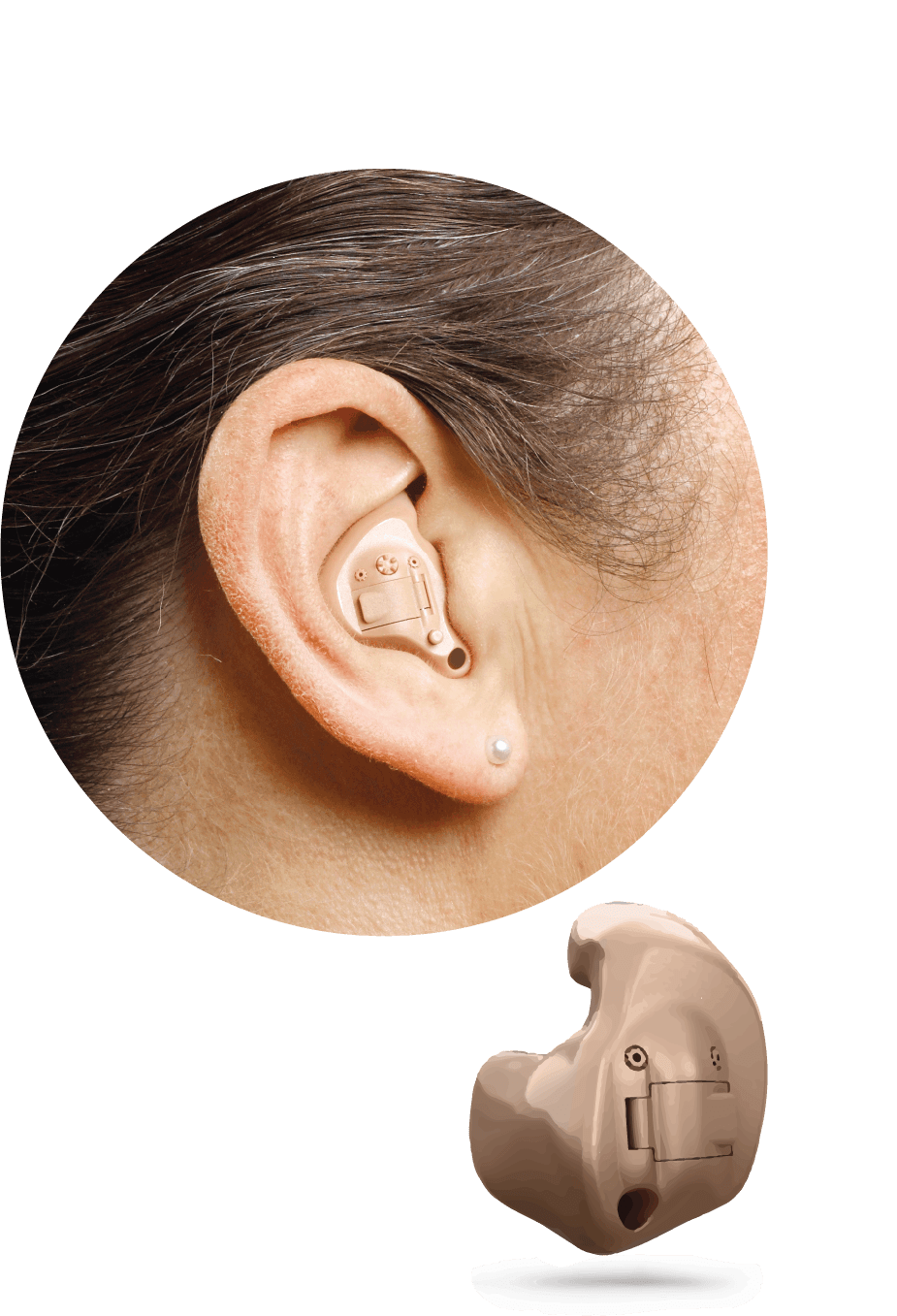
IN THE EAR (ITE) OR FULL SHELL
BEHIND-THE-EAR STYLES
Behind-the-Ear styles are biomedical devices that are located behind or on top of the outer ear (pinna), with a tubing or wire that routes the sound into an ear piece in the ear canal. The ear piece may be custom molded from an impression/cast of your ear (i.e. an earmold) or it might be a more universal ear tip (i.e. dome). BTE hearing aids come in various colours for different skin tones, hair colours, and personal preferences. BTE styles are also available with disposable or rechargeable batteries.
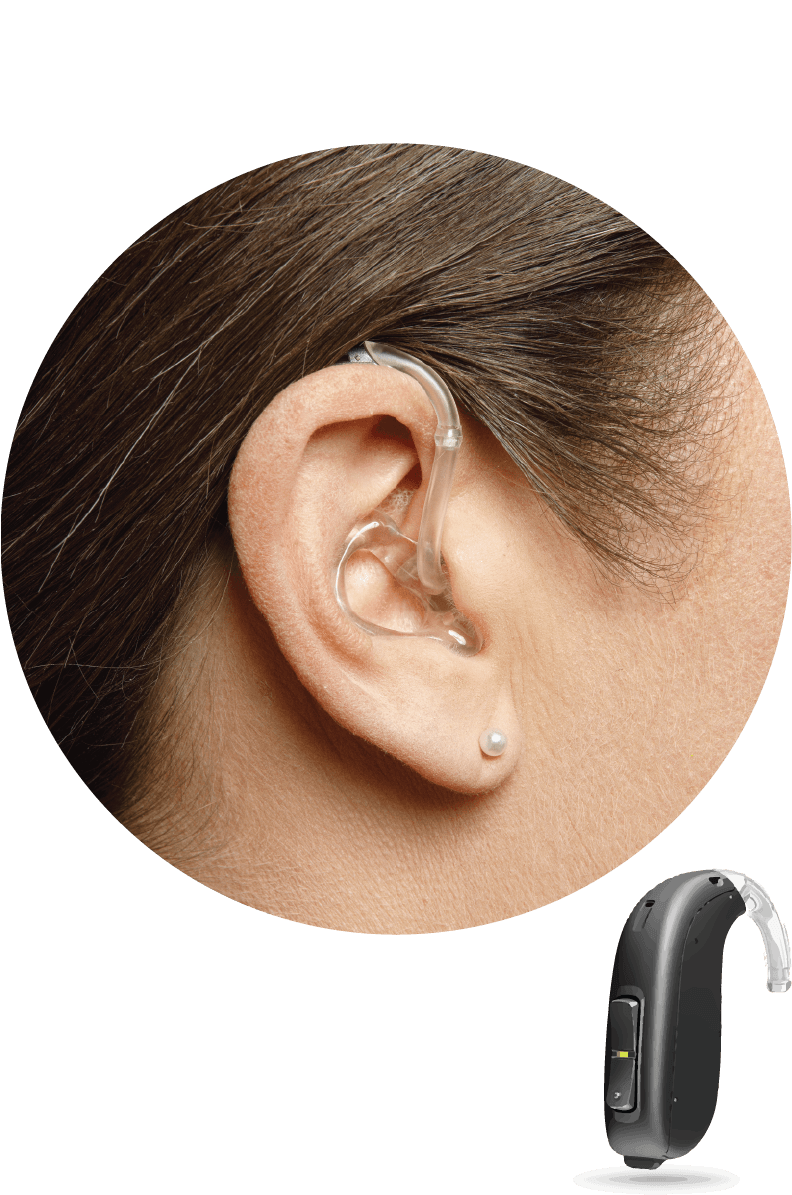
BEHIND THE EAR (BTE)
